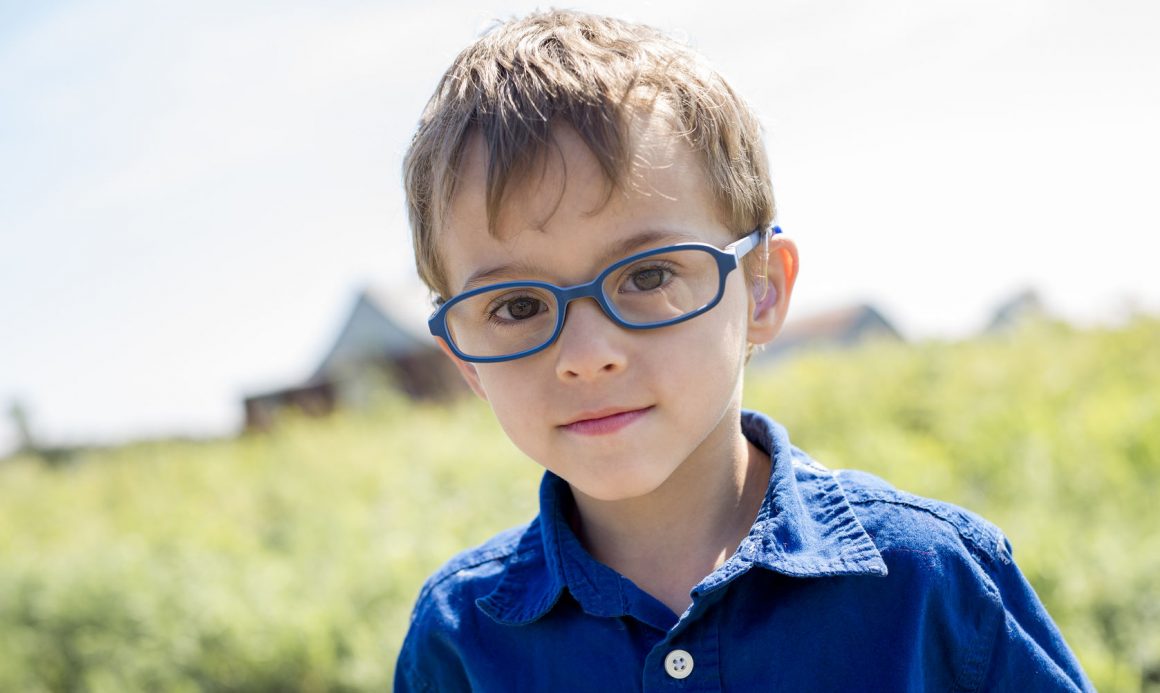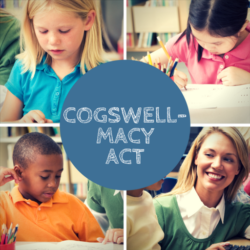Did you know:
The number of students age 3-21 served under the Individuals with Disabilities Education Act (IDEA) is 6.4 million.[1]
The number of deaf and hard of hearing students age 3-21 served under IDEA is 78,000.[2]
The percentage of deaf and hard of hearing students with secondary disability is 40 percent.[3]
Most deaf and hard of hearing children spend at least 80 percent of their school day in the “regular” education environment.[4] With 14,000[5] school districts nationwide, the average number of deaf students age 3-21 in a school district is fewer than 6, meaning that most deaf students are “solitaires” in their classroom.
Approximately 90 percent of deaf and hard of hearing children have hearing parents,[6] most of whom are not familiar with the ways in which deaf and hard of hearing children learn.
Deaf and hard of hearing children communicate in a variety of ways. More than 40 percent use sign language or a combination of spoken and signed language.[7]
Deaf and hard of hearing students lag behind hearing peers in educational achievement. For example, researchers found “a gap existed between the academic achievement of student’s [sic] with hearing impairments and their peers in the general population in reading, mathematics, science, and social studies. Higher percentages of student’s [sic] with hearing impairments scored below the mean across subtests compared with the general population.”[8]
[1] National Center for Education Statistics, Fast Facts, Students with Disabilities, http://nces.ed.gov/fastfacts/display.asp?id=64.
[2] Id.
[3] Gallaudet Research Institute (GRI) (April 2011). Regional and National Summary Report of Data from the 2009-10 Annual Survey of Deaf and Hard of Hearing Children and Youth. Washington, DC: GRI, Gallaudet University, p. 12.
[4] National Center for Education Statistics, Fast Facts, Students with Disabilities, Inclusion of, http://nces.ed.gov/fastfacts/display.asp?id=59.
[5] National Center for Educational Statistics, Digest of Education Statistics: 2010, Table 91, Number and enrollment of regular public school districts, by enrollment size of district: Selected years, 1979-80 through 2008-09, http://nces.ed.gov/programs/digest/d10/tables/dt10_091.asp?referrer=list.
[6] NIDCD, Quick Statistics, https://www.nidcd.nih.gov/health/statistics/Pages/quick.aspx.
[7] Gallaudet Research Institute, supra, p. 11.
[8] Institute of Education Sciences (February 2011). The Secondary School Experiences and Academic Performance of Students With Hearing Impairments, NCSER 2011-3003, p. 28.
Summary of provisions specific to deaf and hard of hearing students

